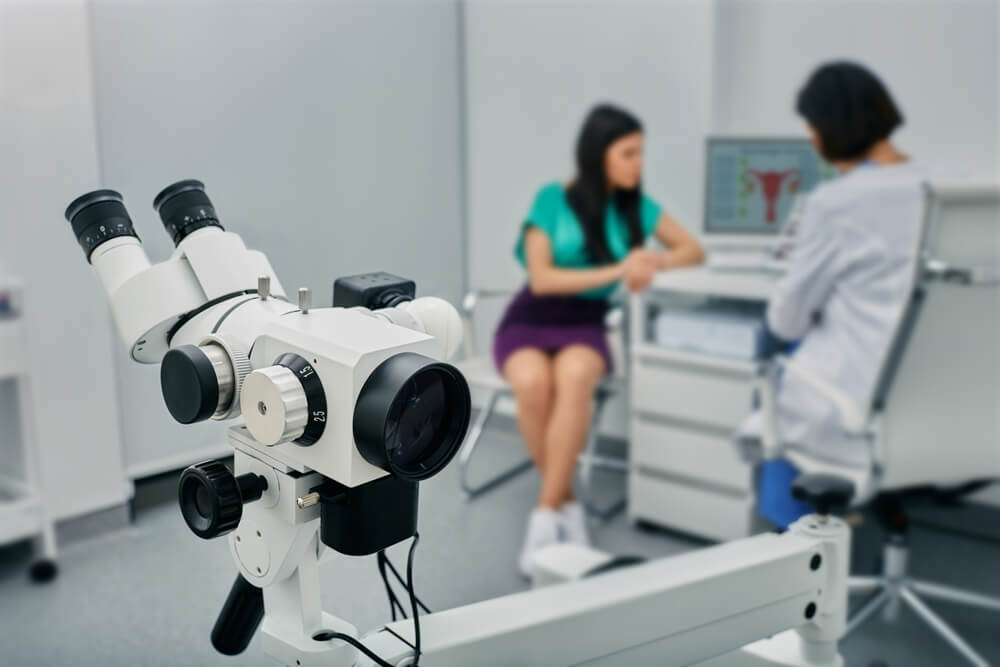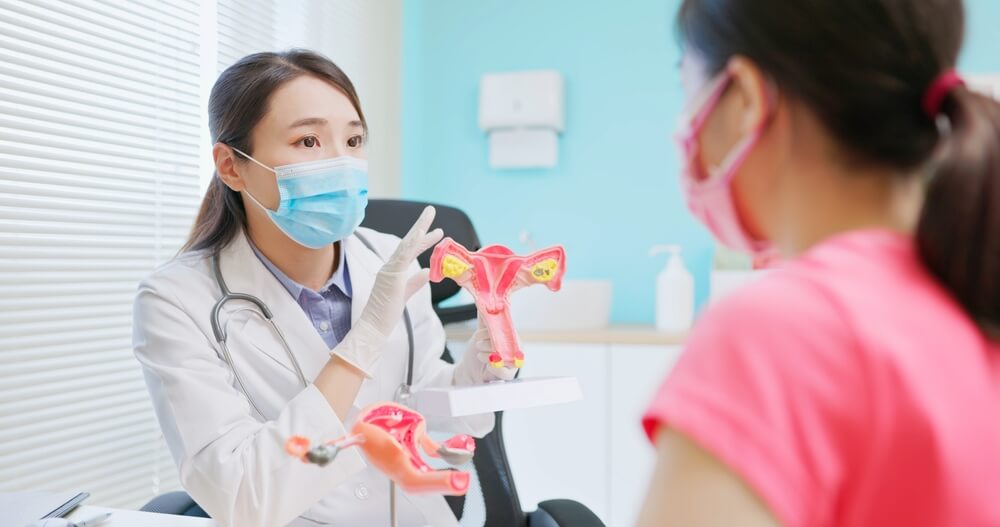Abnormal cell growth located on the cervix is known as cervical dysplasia. If one fails to receive appropriate cervical dysplasia treatments, there’s an increased risk of developing cervical cancer. However, getting diagnosed and treated in time can efficiently prevent the cancerous nature of these cells. That said, let’s explain the dysplasia of the cervix in more detail.
What Is Cervical Dysplasia?
A precancerous condition characterized by the growth of abnormal cells on the cervical surface is referred to as cervical dysplasia. Essentially, the cervix is located at the top of the vagina and functions as a uterine opening. It’s not uncommon to hear this condition being called dysplasia of the cervix, as well as cervical intraepithelial neoplasia or CIN for short.
It’s not pleasant to have the term precancerous associated with any condition, but it’s important to note that most people who suffer from severe cervical dysplasia don’t actually get cancer. When someone has dysplasia of the cervix, it means that they could get cervical cancer in case they don’t receive the necessary cervical dysplasia treatments. This is precisely why it’s crucial to report to the doctor if you notice anything unusual and, most importantly, attend regular women’s wellness exams. You can always reach out to us at University Park OBGYN if you’re looking to schedule an appointment and improve your gynecological health.
Cervical dysplasia symptoms are not all that obvious, but it’s possible for a woman to notice unusual vaginal spotting in-between periods or after sexual intercourse. The doctor can diagnose cervical dysplasia with a routine Pap smear.
Anyone born with female reproductive organs who’s sexually active can develop cervical dysplasia. This means that nonbinary people who have a cervix, transgender men, and cisgender women can all equally suffer from this condition when infected with an HPV (sexually transmitted human papillomavirus). It’s crucial for all people who have been assigned female at birth (AFAB) in regards to their genitals to attend regular doctor checkups since, as mentioned, obvious cervical dysplasia symptoms can be completely nonexistent.
Different Cervical Dysplasia Stages

In terms of cervical dysplasia stages, one may suffer from mild, moderate, or severe cervical dysplasia. This classification is now based on the number of abnormal cells in the cervical epithelial tissue. That said, cervical intraepithelial neoplasia (CIN) has three distinct scales:
- CIN 1 means that a third of the epithelium is affected by the abnormal cells
- CIN 2 means that anywhere from one to two-thirds of the epithelium are affected by the abnormal cells
- CIN 3 means that more than two-thirds of the epithelium are affected by the abnormal cells and is considered a case of severe cervical dysplasia
While CIN 1 can disappear on its own and rarely turns cancerous, CIN 2 and 3 cervical dysplasia stages will need appropriate cervical dysplasia treatments for proper cancer prevention.
Can You Develop Cervical Dysplasia without HPV?
While it’s possible to be infected with HPV and never get dysplasia of the cervix, it’s not possible to get cervical dysplasia without having been previously infected with HPV. Why some people get it, and others don’t is still unclear. However, there are some factors to consider that may increase the risk of developing cervical dysplasia after contracting HPV, such as:
- Being 55 years old or older. People over 55 who have HPV tend to suffer from the infection for longer than those who are 25 or younger.
- Smoking or generally consuming tobacco can also increase the risk of cervical dysplasia in HPV-positive patients.
- A weak immune system can make it harder for one’s body to fight off the HPV infection properly, which could be the result of HIV infection or immunosuppressant drug use.
The Diagnosis of Cervical Dysplasia
Going in for regular gynecological exams and having a routine Pap smear done is the only sure way to spot the condition since cervical dysplasia symptoms don’t tend to show up otherwise. So, if the Pap smear comes back with results that show the presence of abnormal cells, the doctor will have to perform a colonoscopy for a more thorough cervical exam.
In some cases, the doctor might also get a tissue sample and send it to the lab for biopsy. A DNA test will probably be necessary as well to check for the potential presence of high-risk HPV.
Cervical Dysplasia Treatments

Different factors will affect cervical dysplasia treatments, such as one’s age, health, the severity of the condition, and treatment preference as well. After all, treatment procedures can have an impact on pregnancies in the future. Therefore, it’s crucial to tell the doctor whether you’re currently pregnant or plan to conceive in the future.
People who have CIN 1 are unlikely to need any kind of specialized treatment since chances are that the condition will simply go away. However, the doctor will have to monitor the potential changes in the abnormal cells, which will require regular Pap smears.
More severe cervical dysplasia cases, namely CIN 2 and 3, may warrant a complete removal of the abnormal cells that could turn cancerous. The applicable procedures may be the following:
- LEEP or loop electrosurgical excision procedure that gets rid of the abnormal cells with an electrically charged wire loop
- Conization or cold knife cone biopsy, where the doctor removes a piece of tissue affected by the abnormal cell growth in a shape of a cone
- Hysterectomy, which involves complete removal of the uterus
In about 90% of cases, the treatment involving the removal of abnormal cells completely cures cervical dysplasia. The possibility of this condition turning into cancer is really small, but even if that happens to be the case, this type of cancer progresses slowly enough for the doctor to react in a timely manner.
Cervical Dysplasia Prevention
If there’s one sure way to avoid developing dysplasia of the cervix entirely, it’s to make sure not to get infected with HPV. Engaging in safe and protected sexual intercourse is the best way to prevent HPV infection. People also have the option to get an HPV vaccine between the ages of nine and 26. However, if you’re already infected with HPV, you can minimize the risk of developing cervical dysplasia by quitting smoking and consuming tobacco products in general.
It’s also rather important to get regular Pap smears. It’s true that a Pap smear can’t actually prevent cervical dysplasia, but it can detect it reasonably early. Pap smears should be done every three years between the ages of 21 and 29, while those between the ages of 30 and 65 should have a Pap smear and HPV test every five years.
Even if you develop dysplasia of the cervix, there’s no need to stress yourself too much about it. With the right kind of treatment, abnormal cells won’t present a problem for too long. Of course, don’t hesitate to get in touch with us at University Park OBGYN if you’re interested in bettering your gynecological health and well-being.


